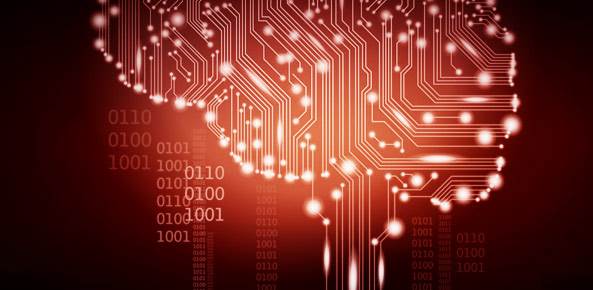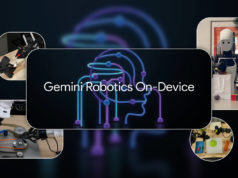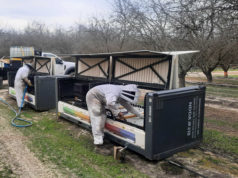
It’s hard to bet against the continued rise of automation, robots and artificial intelligence (AI), all of which have already having major impacts on how we work, learn, shop and play. But being able to predict that robotics and AI will change our lives is a lot easier than predicting how they will change our lives.
In a recent forecast for 2017 and beyond, for instance, the analyst firm IDC said we can continue to see robotic and AI technologies keep growing more affordable, more capable and easier to use. The Obama White House said it expects the same, but also warns in a new report that “growth will not be costless” and could harm workers lacking the skills to compete in an AI-driven economy.
How the incoming administration plans to address such issues is also uncertain. While President-elect Donald Trump’s campaign promised to revive U.S. manufacturing and spend $1 trillion on the nation’s infrastructure, he has also tapped Hardee’s/Carl’s Jr. chief Andrew Puzder — who supports the use of automation to save on employment costs — as secretary of the U.S. Department of Labor.
Meanwhile, Dallas Mavericks owner and frequent Trump critic Mark Cuban this week penned an opinion piece urging the president-elect to invest $100 billion of his proposed infrastructure fund into U.S.-based robotics development.
Smarter, Faster, More Networked Robots
Whatever direction politics takes, robotics and AI technologies are quickly advancing to the point where they will be moving out of factories and into many other types of business enterprises. In its forecast released earlier this month, IDC noted those advances are being made possible by ongoing improvements in artificial intelligence, computer vision, navigation, MEMS (microelectromechanical) sensors and semiconductors.
By 2019, 35 percent of non-manufacturing businesses in several sectors will be using robotics to automate other aspects of their operations. Those sectors will include logistics, health, utilities and resources, according to IDC.
Among IDC’s other top 10 robotics predictions are: 1) growing use of a “robot-as-a-service” business model; 2) more enterprises with chief robotics officers; 3) an increasingly competitive robotic vendor marketplace; 4) growing demand for employees with robotics-related skills; 5) increased robotics regulations for safety, security and privacy; 6) more cloud-based robotic software; 7) development of smarter, faster and more “collaborative” robots; 8) a rise in commercial robots that are connected to an intelligent mesh network; and 9) greater use of robots in e-commerce-related warehouses and deliveries.
‘We Have To Win the Race’
“We have to win the robotics race,” Cuban said in an open letter blog post to Trump on Dec. 18. “We are not even close right now.”
Noting that U.S. infrastructure spending “should look forwards, not backwards,” Cuban urged Trump to ramp up the estimated $100 million the U.S. currently invests in robotics development to ensure it isn’t passed by other countries and regions, including China, Korea and the European Union, that are spending more.
“We have to face the fact that countries are going to lose jobs to robotics,” Cuban said. “The only question that needs to be answered is which country will create and own the best robotic technology and have the infrastructure necessary to enable it.”
Meanwhile, in a Dec. 20 report on “Artificial Intelligence, Automation and the Economy,” the Obama White House proposed several new policies to address the coming changes that AI and robotics could bring to the U.S. economy. Those included investing in AI development, offering education and training to prepare people for “jobs of the future” and strengthening the social safety net to help workers affected by the transition to a more automated economy.
“Responding to the economic effects of AI-driven automation will be a significant policy challenge for the next [a]dministration and its successors,” the report noted. “AI has already begun to transform the American workplace, change the types of jobs available, and reshape the skills that workers need in order to thrive. All Americans should have the opportunity to participate in addressing these challenges, whether as students, workers, managers, technical leaders, or simply as citizens with a voice in the policy debate.”







